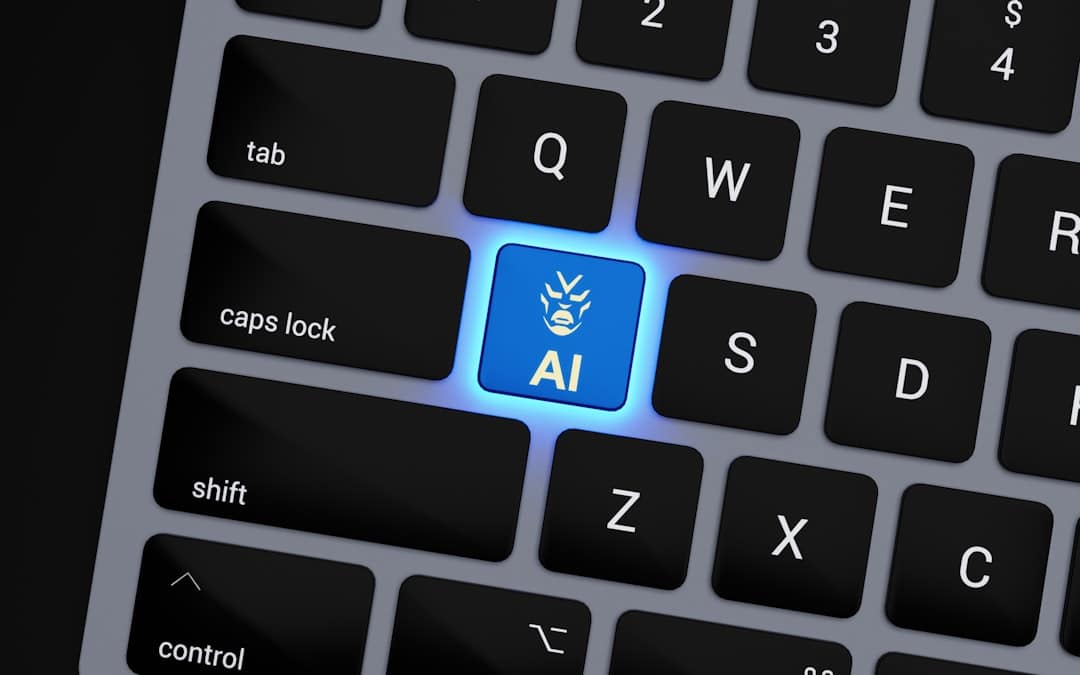Tag: Language Generation
-

Maximizing Synergies and Leveraging Core Competencies: A Corporate Lingo Generator
—
by
Synergy in business refers to the combined effect of two or more entities working together, producing a result greater than the sum of their individual efforts. Companies pursue synergy to enhance efficiency, reduce costs, and drive growth. This can be achieved through mergers and acquisitions, strategic partnerships, or internal alignment of business units. Core competencies…
-

Exploring the Impact of Sentiment Analysis
Sentiment analysis, also referred to as opinion mining, is a computational technique used to evaluate and interpret emotions, opinions, and attitudes expressed in textual data. This method can be applied to various sources, including social media content, customer feedback, news articles, and survey responses. The primary objective of sentiment analysis is to determine the overall…
-

Enhancing Content Creation with Natural Language Generation Tools
Natural Language Generation (NLG) is a branch of artificial intelligence that focuses on creating software capable of producing human-readable text from structured data. These systems employ sophisticated algorithms to analyze and interpret data, subsequently generating coherent and contextually appropriate narratives. The popularity of NLG tools has increased significantly in recent years due to their ability…
-

Unleashing the Power of Chat GPT Text Generator
The GPT (Generative Pre-trained Transformer) text generator is an advanced language model developed by OpenAI that has significantly advanced the field of natural language processing. This AI-powered system is designed to generate human-like text based on input prompts, making it useful for applications such as chatbots, content creation, and language translation. GPT utilizes a deep…
-

Automated UML Class Diagram Generator for Efficient Software Design
UML (Unified Modeling Language) is a standardized visual modeling language widely used in software engineering to represent system structures and behaviors. Class diagrams, a fundamental type of UML diagram, depict the static structure of a system by illustrating its classes, their attributes, methods, and the relationships between them. These diagrams play a crucial role in…
-

Unlocking the Power of Language Generation AI
Language Generation AI, also known as natural language generation (NLG), is a branch of artificial intelligence that focuses on the automatic generation of human-like language. This technology uses algorithms and data to produce coherent and contextually relevant text, mimicking the way humans communicate. NLG systems analyze and interpret structured data and then transform it into…
-

AI Creates Language: The Future of Communication
The adoption of AI language generation technology has increased significantly in recent years, transforming communication and interaction between individuals, businesses, and organizations. This technology enables machines to comprehend and produce human language, leading to more efficient and effective communication. As a result, chatbots, virtual assistants, and other AI-powered tools have been developed to understand and…
-

LLM Code Generation: Streamlining Development
Language and Logic Model (LLM) code generation is an automated process that creates source code from high-level models or specifications. This technique is commonly employed in software development to enhance productivity, minimize errors, and maintain consistency across the codebase. LLM code generation is rooted in model-driven development principles, where developers construct models that represent the…
-

Unlocking the Power of Natural Language Generation
Natural Language Generation (NLG) is a technology that enables computers to produce human-like text based on data analysis and interpretation. This process involves transforming structured data into natural language, facilitating the creation of reports, summaries, and other written content. NLG has garnered significant attention in recent years due to its ability to automate content creation,…
-

Unlocking the Power of Natural Language Generation
Natural Language Generation (NLG) is a branch of artificial intelligence and computational linguistics that automates the creation of human-readable text from structured data. This technology has gained prominence in recent years due to its potential applications across various industries, including healthcare, finance, and marketing. NLG systems employ algorithms to analyze and interpret data, subsequently producing…
-

AI Develops Its Own Language
Artificial Intelligence (AI) has made significant advancements in recent years, particularly in the field of language development. AI language development refers to the ability of machines to understand, interpret, and generate human language. This includes tasks such as speech recognition, natural language processing, and language translation. The development of AI language has the potential to…
-

Unlocking the Power of OpenAI’s SQL Generator
OpenAI’s SQL Generator is an AI-powered tool that creates SQL queries from natural language input. This technology aims to simplify database interactions for data analysts and administrators by allowing them to generate queries without extensive SQL knowledge. Users can input questions or requests in plain English, making data analysis more accessible to professionals without technical…
-

Generating Text with Python AI: A Powerful Tool for Content Creation
Python-based artificial intelligence for text generation is a technological advancement that utilizes machine learning algorithms to produce written content. This approach to content creation has significantly improved efficiency in generating written material. By employing sophisticated algorithms and neural networks, Python AI systems can analyze and replicate human language patterns, resulting in coherent and contextually appropriate…
-

Revolutionizing Content Creation with GPT-3
GPT-3, or Generative Pre-trained Transformer 3, is an advanced language processing AI model created by OpenAI. As the third iteration in the GPT series, it boasts 175 billion parameters, making it one of the largest and most sophisticated language models available. Trained on a diverse array of internet text, GPT-3 can comprehend and generate content…